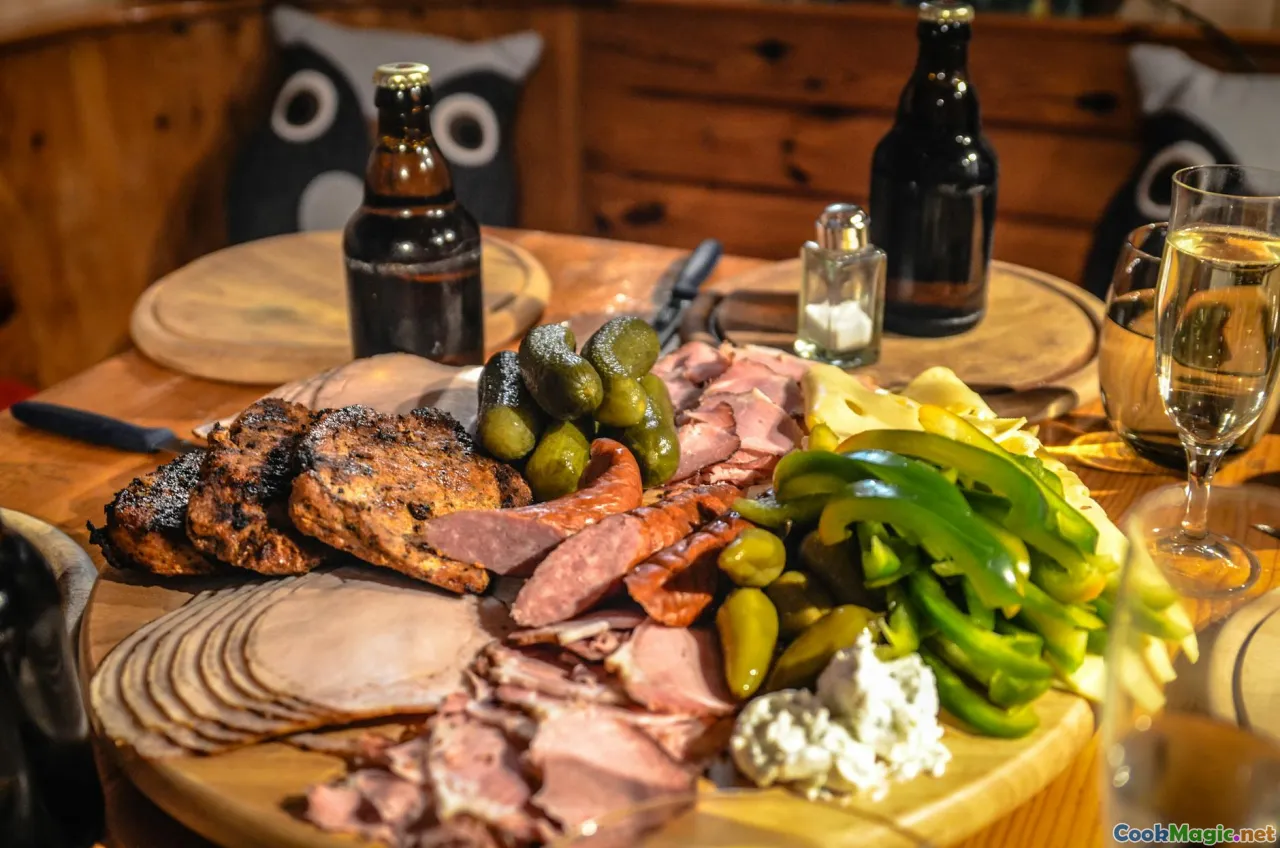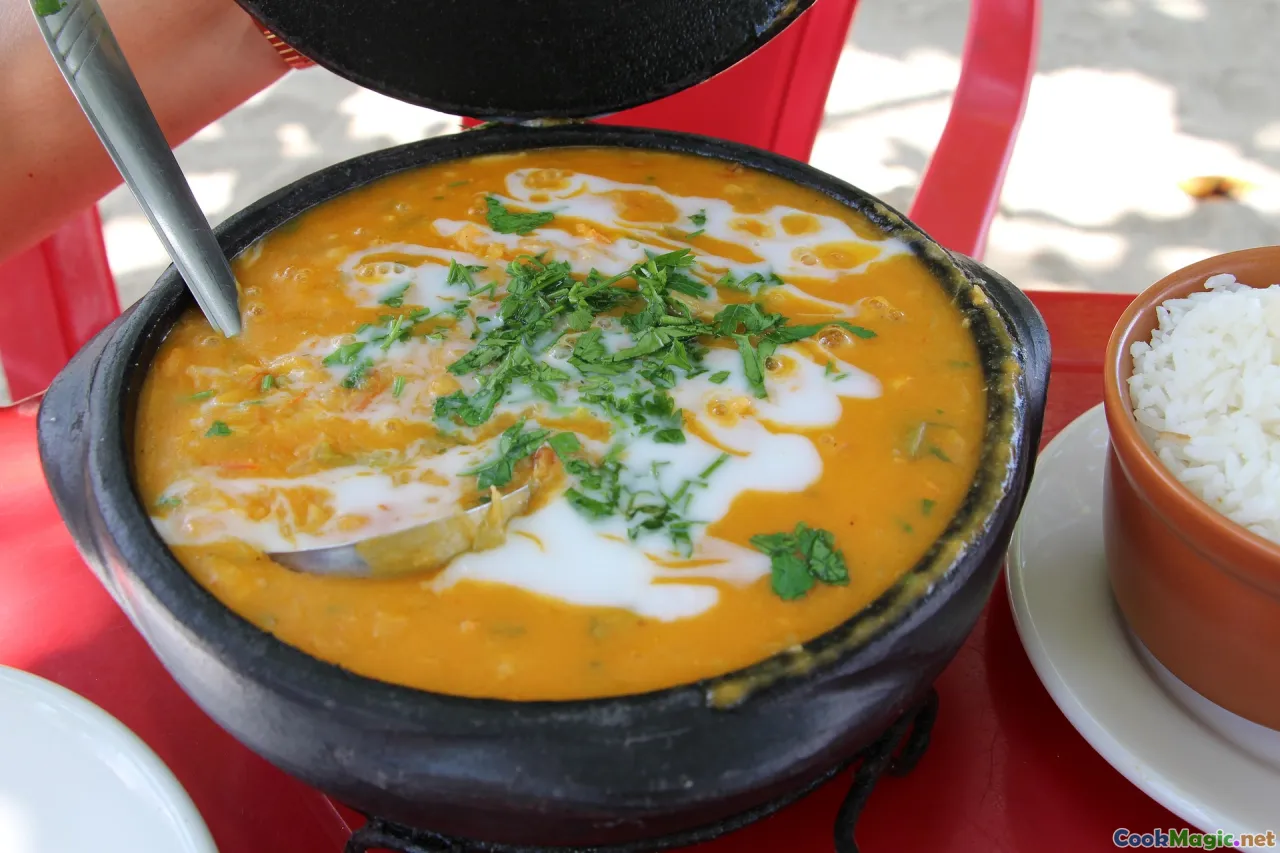Pairing Congolese Foods with Authentic Beverages
11 min read Discover ideal beverage pairings that enhance the rich flavors of Congolese foods and elevate your dining experience. September 28, 2025 15:05
Pairing Congolese Foods with Authentic Beverages
The rich tapestry of Congolese cuisine offers a symphony of vibrant flavors, aromatic spices, textures that dance on the tongue, and color-bright plating that captivates all the senses. To truly appreciate this culinary heritage, one must consider not only the dishes themselves but also the beverages that elevate their flavors, deepen cultural authenticity, and create a memorable dining experience. The Congo’s diverse landscape—from lush rainforests and sprawling savannahs to historic rivers—has cultivated a beverage culture as varied and nuanced as its cuisine. In this journey, we’ll explore how to pair Congolese foods with authentic drinks, blending sensory delights with cultural insights, personal stories, and expert tips.
Understanding the Heart of Congolese Cuisine

Congolese cuisine draws from a wealth of locally sourced ingredients—fresh fish from the Congo River, groundnut sauces, sweet plantains, cassava, and a rainbow of tropical fruits that burst with flavor. Its flavors are earthy and hearty, often layered with bold spices like ginger, chili, and cardamom, reflecting the climate, history, and ethnic diversity of the DRC.
Popular dishes such as Moambé (a spicy fish stew with palm oil), Saka Saka (cassava leaves cooked with dried fish and spices), and Fufu served alongside hearty sauces, are staples across households and celebrations alike. These dishes are not just food—they’re storytelling vessels carrying the cultural essence, family traditions, and communal spirit.
To fully savor these dishes, pairing them with authentic beverages is essential. Let’s explore the standard drink options and how they complement each specific dish.
The Spirit of Congolese Beverages

The beverage culture of the Congo offers a kaleidoscope of flavors—everything from fermented drinks and iconic palm wines to aromatic herbal teas and modern cocktails inspired by traditional ingredients. These drinks aren’t mere accompaniments; they’re steeped in history and social significance.
Traditional Beverages:
- Palm Wine (Maboko, Maloko): Refreshing, slightly effervescent, with a natural sweetness and rustic, earthy undertones—a perfect pairing for grilled fish or spicy stews.
- Brassées and Fermented Sorghum Brews: Rich, malty, with a complex sweetness and slight tartness, ideal for hearty lunches.
- Coconut Water and Coconut-based Drinks: Light, hydrating, and subtly sweet—excellent with lighter dishes or hot days.
Modern and Artistic Pairings:
- Virgin coconut cocktails: Combining tropical fruits with coconut water or milk for refreshing, Pacific-inspired drinks.
- Fruit-infused herbal teas: Incorporate native herbs like lemongrass and ginger, offering a fragrant balance to spicy dishes.
Understanding these drinks' rustic, earthy flavors and their traditional contexts makes pairing more intuitive and evocative.
Pairing Guide: Classic Congolese Foods and Beverages
1. Moambé and Palm Wine

Moambé, a rich, spicy fish stew simmered in palm oil and seasoned with ingredients like garlic, ginger, and sometimes peanuts, offers a complex medley of savory, smoky, and slightly bitter tones. Its thick, luscious texture demands a beverage that can balance its richness.**Pairing Tip:**Traditional palm wine, with its foul, fermented sweetness and rustic notes, complements the earthy depth of Moambé beautifully. The mild effervescence cuts through the fatty fish and enhances the stew’s spice profile.Personal insight: I recall a warm evening in Kinshasa, where a group of locals shared roasted fish paired with fresh, homemade palm wine. The harmony between the savory stew and the sour, bubbly drink created an unforgettable sensory connection.
2. Saka Saka and Sorghum Brew

Saka Saka, made from tender cassava leaves cooked with dried fish, spices, and sometimes palm oil, has a earthy, slightly bitter flavor profile, softened by the richness of the greens.**Pairing Tip:**A traditional hand-brewed sorghum beer, with its nutty and malty tones, pairs excellently. Its rustic character complements the bitterness of the greens and provides a malty sweetness that balances the saltiness of the dried fish.Pro Tip: When tasting, try warming the sorghum brew gently to bring out its full flavor spectrum—perfect for cooler evenings.
3. Fufu and Groundnut Soup with Coconut Water

A comforting plate of fluffy, soft Fufu (made from cassava or plantains) served with a aromatic groundnut (peanut) sauce enriched with spices and vegetables is a Congolese staple.
**Pairing Tip:**Chilled coconut water offers a subtle sweetness and hydrating moment, offsetting the richness of the peanut sauce and enhancing the earthy flavors.Tip: For an elevated experience, stir in some fresh lime juice into the coconut water to introduce a vibrant tang that brightens the pairing.
4. Grilled Fish and Spicy Mango Salsa with Flavored Lemonade

In coastal regions and street markets, grilled fish—often saisoned simply with salt, lime, and spices—is commonly accompanied by fruity salsas, like mango or papaya.
**Pairing Tip:**A traditional Congolese lemonade infused with ginger and a splash of fresh lime cuts through the smoky, spicy notes of the fish and complements the sweetness of the mango salsa.Personal Touch: Sharing such meals at the bustling markets of Brazzaville, I witnessed how the interplay of heat, sweetness, and acidity created a dynamic, palate-cleansing harmony.
Exploring Regional Variations and Artistic Pairings
The Congo’s diverse regions offer unique ingredients and beverage traditions:
- Northwestern Congo: Emphasizes fermented banana and plantain drinks paired with peanut or palm-based stews.
- Eastern Congo: Known for fresh, river-caught fish and tropical fruit beverages like passionfruit nectar.
- Southern Congo: Features sorghum beers and cassava-based dishes paired with herbal infusions.
Chef-driven experimentation continues to blend traditional ingredients with contemporary beverage trends—craft distilleries brewing artisanal palm spirits, tropical fruit mocktails, and infused herbal waters.
Tip for adventurous cooks: Incorporate native spices like mbongo spice (a blend including nutmeg, ginger, and cloves) into your drinks to create a more authentic Congo-inspired sipping experience.
Cultural Significance and Rituals Behind Beverages
In Congolese culture, beverages are often interwoven with social norms, rituals, and celebrations:
- Festivals and rites: Palm wine is used in rituals of welcome, thanksgiving, and ancestral remembrance.
- Family gatherings: Sharing a home-brewed sorghum beer symbolizes unity and prosperity.
- Ceremonial occasions: Sweet, fragrant herbal infusions accompany traditional dances and storytelling.
Understanding these cultural contexts enriches the dining and pairing experience—transforming a meal into a culturally immersive celebration.
Final Thoughts: Savoring the Symbiotic Union
Pairing Congolese foods with authentic beverages isn’t merely about taste matching; it’s about honoring a cultural narrative that ties the land, history, and people together through culinary expression. The vibrant diversity of the Congo calls for an exploratory spirit—try traditional drinks with various dishes, and listen to how the flavors intertwine as stories unfold.
Whether you’re cooking in your kitchen or exploring local markets, let these pairings serve as a gateway into the heart of Congolese culture—where every sip and every bite tells a story, and together, they create an evocative mosaic of tradition, flavor, and community.









